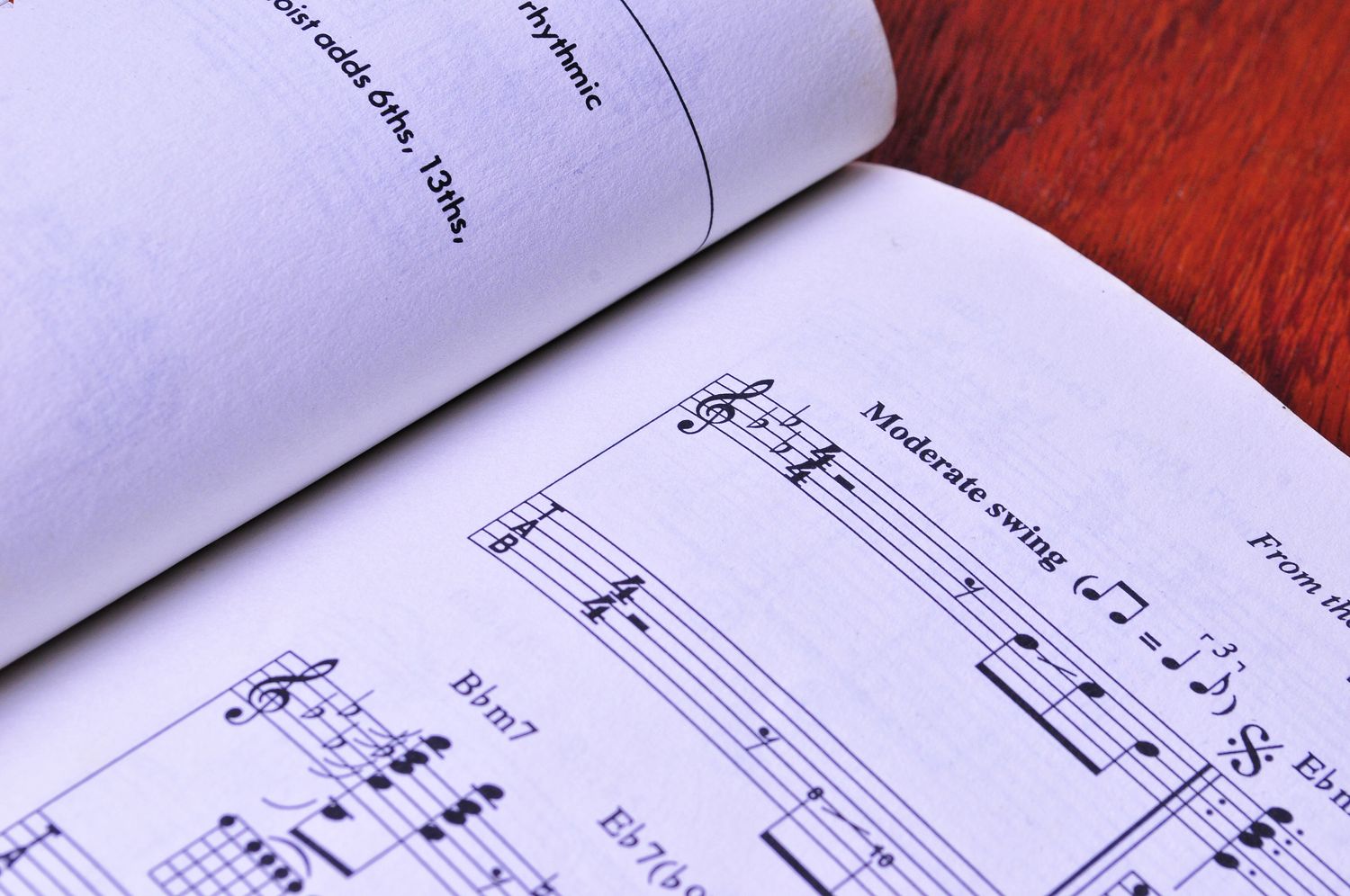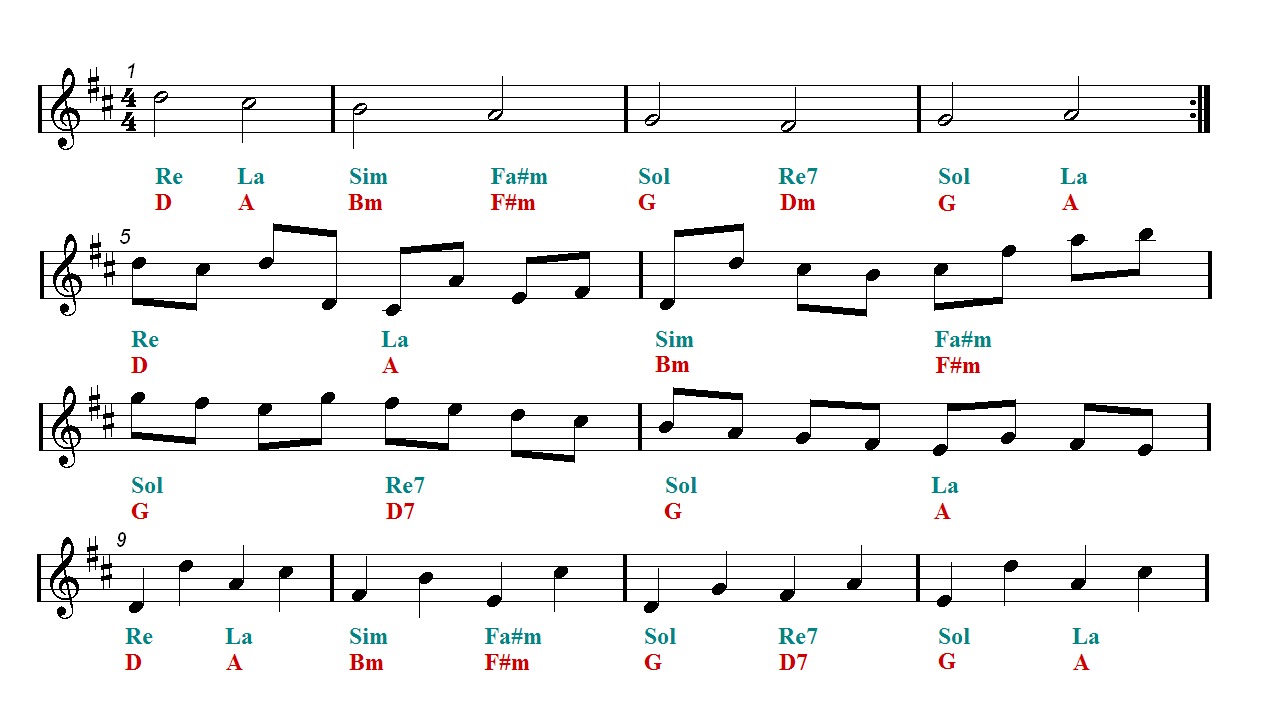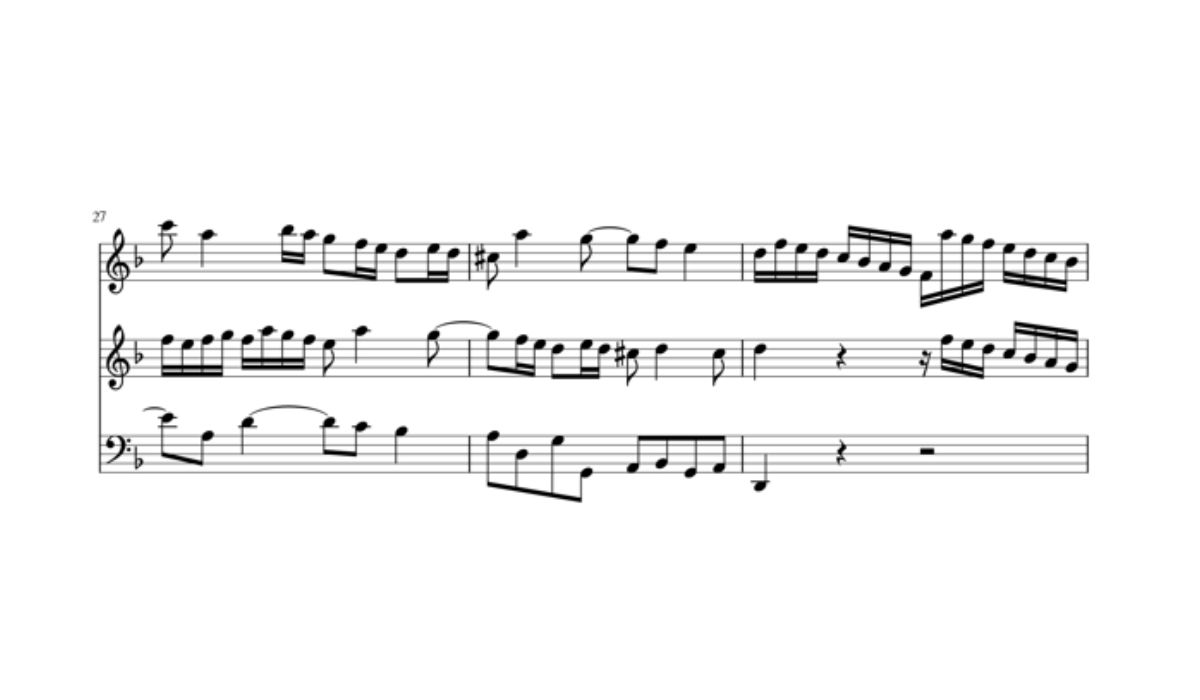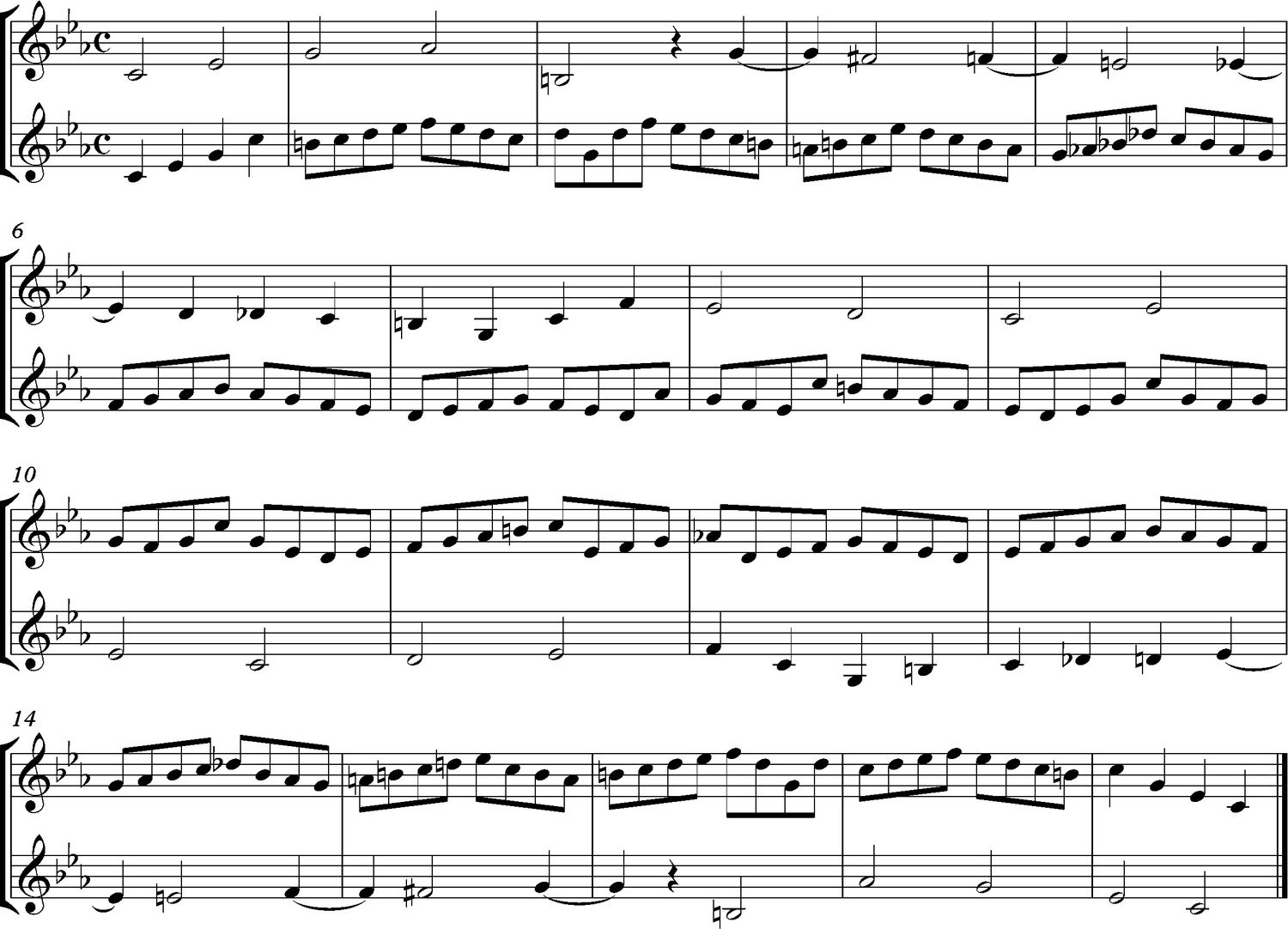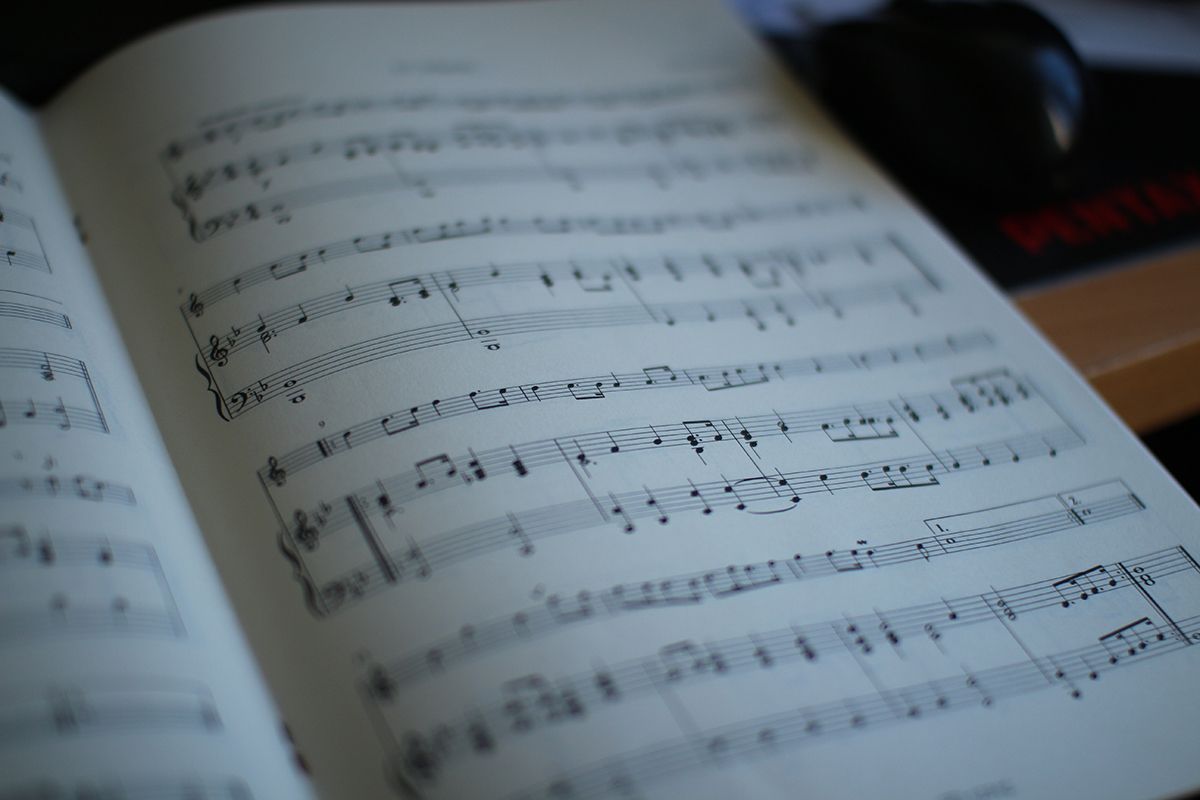Home>Production & Technology>Music Theory>What Is A Perfect Interval In Music Theory?


Music Theory
What Is A Perfect Interval In Music Theory?
Modified: January 31, 2024
Discover the concept of perfect interval in music theory and enhance your understanding of harmonic relationships. Learn more about music theory at [website name].
(Many of the links in this article redirect to a specific reviewed product. Your purchase of these products through affiliate links helps to generate commission for AudioLover.com, at no extra cost. Learn more)
Table of Contents
Introduction
Welcome to the fascinating world of music theory! When exploring this subject, one of the fundamental concepts you will encounter is the notion of intervals. Intervals are the building blocks of melodies, harmonies, and chords, and understanding them is essential for any musician or music enthusiast.
In music theory, an interval refers to the distance between two pitches, typically measured in terms of the number of steps or half steps. There are various types of intervals, each with its own unique characteristics and sound qualities.
One particular type of interval that holds great significance in music theory is the perfect interval. A perfect interval is a specific type of interval that has a distinct sound and is considered stable and harmonically strong.
Throughout this article, we will delve into the world of perfect intervals, exploring their definition, identifying them on the musical staff, examining their properties, and understanding the differences between harmonic and melodic perfect intervals.
So, whether you’re a music student, a performer, or simply curious about the inner workings of music, join us on this journey as we unravel the mysteries and nuances of perfect intervals in music theory.
Definition of Perfect Interval
In music theory, a perfect interval is a specific type of interval that is formed by two pitches that are consonant and pleasing to the ear. These intervals have specific qualities that set them apart from other types of intervals.
A perfect interval can be either harmonic or melodic, depending on how the two pitches are played or sung. Regardless of whether they are harmonic or melodic, perfect intervals are considered stable and harmonically strong.
One of the defining characteristics of a perfect interval is its pure and unaltered quality. This means that the interval is not major or minor, and it doesn’t have any augmented or diminished alterations.
The perfect intervals in music theory are the unison, fourth, fifth, and octave. Let’s take a closer look at each of these intervals:
- Unison: The unison is the simplest and smallest interval in music theory. It occurs when two pitches are played or sung at the same note or pitch. In other words, it is the interval between two identical notes.
- Fourth: The fourth is an interval that spans four letter names or steps. For example, the distance between C and F is a perfect fourth. It is called a perfect fourth because it is neither major nor minor.
- Fifth: The fifth is an interval that spans five letter names or steps. For example, the distance between C and G is a perfect fifth. Like the perfect fourth, it is called a perfect fifth because it is neither major nor minor.
- Octave: The octave is a special interval that spans eight letter names or steps. It is double the frequency of the starting note and is often considered to be a perfect consonance because of its harmonic stability.
These four intervals, the unison, fourth, fifth, and octave, are the only intervals that are considered perfect in music theory. They form the foundation for creating harmonies, melodies, and chords, serving as essential elements in the overall musical structure.
Identifying Perfect Intervals
Identifying perfect intervals in music is a crucial skill for musicians and music students. By understanding the characteristics and properties of perfect intervals, you can identify them confidently on the musical staff or when listening to music.
The first step in identifying a perfect interval is to determine the distance between the two pitches involved. This can be done by counting the letter names or steps between the two notes.
For example, if we have the interval from C to G, we count C-D-E-F-G, which gives us five letter names or steps. Since the distance between C and G is five, we can conclude that it is a perfect fifth.
Remember, perfect intervals are always characterized by their pure and unaltered quality. They don’t have any major or minor alterations. This means that the distance between the two pitches should match the standard measurements for a perfect interval.
Here is a table that summarizes the steps or distances for each perfect interval:
| Interval | Steps |
|---|---|
| Unison | 0 |
| Fourth | 3 |
| Fifth | 4 |
| Octave | 7 |
By memorizing these step values and practicing identifying intervals on the musical staff or with audio examples, you’ll gradually develop a strong ability to recognize perfect intervals.
It’s important to note that perfect intervals can also be identified by their distinct sound and quality. They are often perceived as stable and harmonically pleasing to the ear. As you train your ears and listen to music, you’ll start to identify the unique characteristics of perfect intervals and differentiate them from other types of intervals.
Through practice and exposure to various musical examples, you’ll become more proficient in identifying perfect intervals and understanding their role in creating beautiful and harmonically strong melodies, harmonies, and chords.
Examples of Perfect Intervals
To further illustrate the concept of perfect intervals, let’s explore some examples of how these intervals appear in music. By examining these examples, you’ll gain a clearer understanding of how perfect intervals are utilized and their significance in creating musical compositions.
1. The song “Twinkle, Twinkle, Little Star“: One of the most recognizable melodies, this nursery rhyme begins with a perfect fifth interval. The first two notes, “Twinkle, twinkle,” consist of the notes C-G, which form a perfect fifth interval. This interval sets the foundation for the rest of the melody and creates a sense of stability and familiarity.
2. The opening of Johann Pachelbel’s Canon in D: In this iconic piece of classical music, the opening notes feature a repeated pattern of the perfect canon interval. This interval, which is essentially a combination of a perfect fourth and a perfect fifth, creates a beautiful and timeless sound that is instantly recognizable.
3. The beginning of Johann Sebastian Bach’s Brandenburg Concerto No. 3: The first movement of this concerto starts with a perfect octave leap in the trumpet part. This dramatic leap highlights the power and grandeur associated with the perfect octave interval and sets the tone for the rest of the composition.
4. The opening of Richard Wagner’s “Ride of the Valkyries”: This famous piece from “Die Walküre” features a powerful melody based on perfect fifth intervals. The repeated pattern of descending fifths creates an intense and dramatic atmosphere, emphasizing the heroic nature of the music.
These examples demonstrate the prevalence and significance of perfect intervals in music. They showcase how composers utilize these intervals to create specific moods, establish memorable motifs, and build harmonies that captivate the listener. By studying and analyzing these examples, you can deepen your understanding of perfect intervals and their application in different musical contexts.
Properties of Perfect Intervals
Perfect intervals possess distinct properties that contribute to their harmonically stable and pleasing characteristics. Understanding these properties can enhance your comprehension of their role in music theory and composition.
1. Consonance: Perfect intervals are considered consonant intervals, meaning they produce a sense of harmony and resolution when played together. This is due to the harmonic relationship between the two pitches.
2. Stability: Perfect intervals are inherently stable. They create a sense of balance and firmness within a musical composition. The perfect octave, in particular, is the most stable interval, often used as a reference point in tuning systems.
3. Unaltered Quality: Perfect intervals are pure and unaltered, having neither major nor minor alterations. For example, a perfect fifth will always consist of seven semitones or steps, regardless of the key or scale being used.
4. Important Function in Harmony: Perfect intervals play a significant role in the creation of harmonies. The perfect fourth and perfect fifth intervals are crucial for building chords and providing stability within chord progressions.
5. Contribution to Melody: Perfect intervals have a melodic impact as well. They are often featured in memorable melodic lines, where their distinct sounds create an identifiable and pleasing musical motif.
6. Common in Multiple Music Genres: Perfect intervals are found in various music genres, including classical, pop, jazz, and folk. Their widespread use suggests their universal appeal and versatility.
By understanding these properties, you can recognize the significance and role of perfect intervals in music. As you continue to study and explore music theory, you’ll discover how these intervals are carefully chosen and strategically employed to create the desired emotional impact and musical structure in compositions.
Harmonic and Melodic Perfect Intervals
In music theory, perfect intervals can be further categorized into two types: harmonic perfect intervals and melodic perfect intervals. These distinctions revolve around how the intervals are played or sung in a musical context.
Harmonic Perfect Intervals: Harmonic perfect intervals are played simultaneously. This means that both pitches of the interval are sounded together to create a harmonious and blended sound. Examples of harmonic perfect intervals include the perfect unison, perfect fourth, perfect fifth, and perfect octave.
Harmonic perfect intervals are commonly encountered in chord progressions and harmonies. They contribute to the overall sound and color of a musical piece, providing stability and consonance. These intervals can be found in various chord structures and are essential for creating a solid harmonic foundation.
Melodic Perfect Intervals: Melodic perfect intervals, on the other hand, are played sequentially, one after another. In this case, the interval is created when two pitches of a melody are played consecutively, rather than simultaneously. Examples of melodic perfect intervals include the perfect unison, perfect fourth, and perfect fifth.
When encountered in a melody, melodic perfect intervals lend a distinct character and shape to the melodic line. They create memorable melodic patterns and motifs that can be easily recognized and remembered by listeners.
It is worth noting that the perfect octave interval can function as both a harmonic and melodic interval. When played simultaneously, it contributes to the harmony of a composition. When played consecutively, it creates a sense of melodic closure or an octave leap in a melodic line.
Understanding the distinction between harmonic and melodic perfect intervals allows musicians to appreciate how these intervals are utilized in both the harmonic and melodic aspects of music. By recognizing and utilizing these intervals effectively, composers and performers can craft engaging musical passages that are both harmonically pleasing and melodically captivating.
Conclusion
Exploring the world of perfect intervals in music theory has provided us with a deeper understanding of these essential elements in music. Whether we identify them, hear them, or play them, perfect intervals play a crucial role in creating harmonically pleasing melodies, harmonies, and chords.
We started by defining perfect intervals as stable and harmonically strong intervals that have a pure and unaltered quality. We examined the four types of perfect intervals: unison, fourth, fifth, and octave, and observed how they contribute to the overall musical structure.
We then explored the process of identifying perfect intervals through counting steps or letter names between two pitches and by recognizing their distinct sound and stability. By practicing the identification of perfect intervals, we develop a greater ear for music and a more intuitive understanding of musical compositions.
Examples from well-known melodies and compositions demonstrated how perfect intervals are utilized by composers to create memorable motifs, establish harmonies, and evoke specific emotions in the listener.
Understanding the properties of perfect intervals, such as their consonance, stability, and important role in harmony and melody, provides a solid foundation for further exploration of music theory concepts. Whether in classical, pop, jazz, or any other genre, perfect intervals remain a universal and fundamental element of music.
Finally, we distinguished between harmonic perfect intervals, which are played simultaneously, and melodic perfect intervals, which are played consecutively in a melodic line. Recognizing and appreciating the distinction between these two types of intervals enhances our abilities as performers, composers, and music enthusiasts.
As we conclude our journey into the world of perfect intervals, it is clear that these intervals form the basis for musical expression and communication. With continued study and practice, we can deepen our understanding of intervals, expand our musical vocabulary, and unlock new creative possibilities in our musical endeavors.

